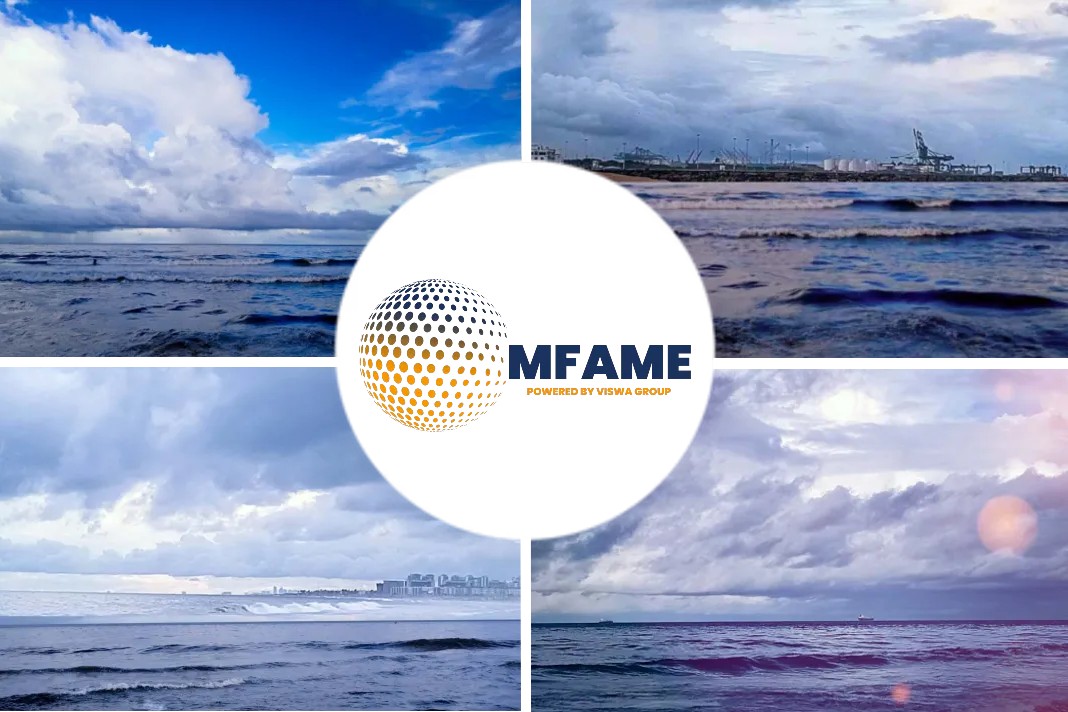- The International Maritime Organization (IMO) has set up the decarbonization targets for shipping companies to achieve it before 2050.
- But the ship owners are facing various challenges and making decisions to achieve the IMO targets.
The International Maritime Organization (IMO) has sounded the gun in the race for decarbonisation , but there’s currently a debate raging at the starting line, says an article published in Splash247.
Searching Solutions
The objective is clear; reduce the shipping industry’s GHG emissions by 50% (compared to 2008) by 2050, and fully decarbonise as soon as possible. However, agreement as to how this is achieved is far from unanimous and last month the World Bank produced a report casting doubt over the industry’s front-running, low-carbon fuel: liquid natural gas (LNG).
Is LNG the Solution?
LNG has long been touted as the industry’s clearest route away from existing bunker fuels. With some infrastructure already in place and major backing within industry it remains the only operationally-proven and commercially viable alternative that is scalable now. As a result, the global LNG fleet is growing fast.
With investments being approved at an increasing rate for LNG projects and class societies championing LNG as the transition solution the question seems to be has the industry missed something?
World Bank’s Answers
The World Bank certainly thinks so, discouraging investment in LNG full stop and urging a reversion in public policy that promotes it. According to their comprehensive review, LNG will play only a “limited role” in the future of shipping, restricted to “niche applications”. This contradicts much of the reporting on decarbonisation within the industry. So, what’s changed?
Issues with LNG Shipping
One of the key issues with LNG is methane slip. This leakage of methane can occur at any point in the supply chain, reducing accountability and making it difficult to assign certainty to the fuel as a GHG-reducing alternative, even if downstream combustion technologies are improved. Methane is a major problem due to its potency as a GHG, around 25 times stronger than CO2. The model ran by the researchers suggested that using LNG as a primary alternative would produce, at best, an 8% peak reduction of GHG emissions and, at worst, a 9% increase, depending on the levels of methane slip used in the analysis. Given the industry’s grandiose targets, this is modest, to say the least.
Another major problem is the threat of stranded assets. As with all alternative fuels, there is high infrastructural investment required for the transfer to LNG. This is justifiable if this infrastructure can also be used for long-term, zero-carbon alternatives. In the case of LNG, these drop-in fuels are liquified synthetic methane (LSM) and liquified biosynthesis methane (LBM). According to the World Bank’s report, these fuels are unlikely to play a significant role in the future of shipping. Stiff competition from other sectors and the comparable cheapness of alternatives such as ammonia and hydrogen suggest a diminished role for these fuels going forward. If correct, this would create a defunct LNG infrastructure and billions of dollars in stranded assets as the industry converts to hydrogen-based fuels.
World Bank’s Suggestions
For this reason, the World Bank has suggested that public policy promoting LNG should be restricted. The risk of investors lobbying governments to protect assets in the future, despite them potentially slowing decarbonisation could put the whole process in jeopardy. Mirroring the current story with oil; the sense of irony, I’m sure, would not be lost.
Decarbonization Movement Working
One thing seems relatively clear, ammonia and hydrogen are set to become the long-term, zero-carbon fuel types of the future. What happens in the interim is going to provide policy makers and stakeholders with a bit of a headache; this period could well determine the success of the whole decarbonisation movement. With 40% of shipowners yet to even devise a decarbonisation strategy, there is clearly still a lot to play for.






















